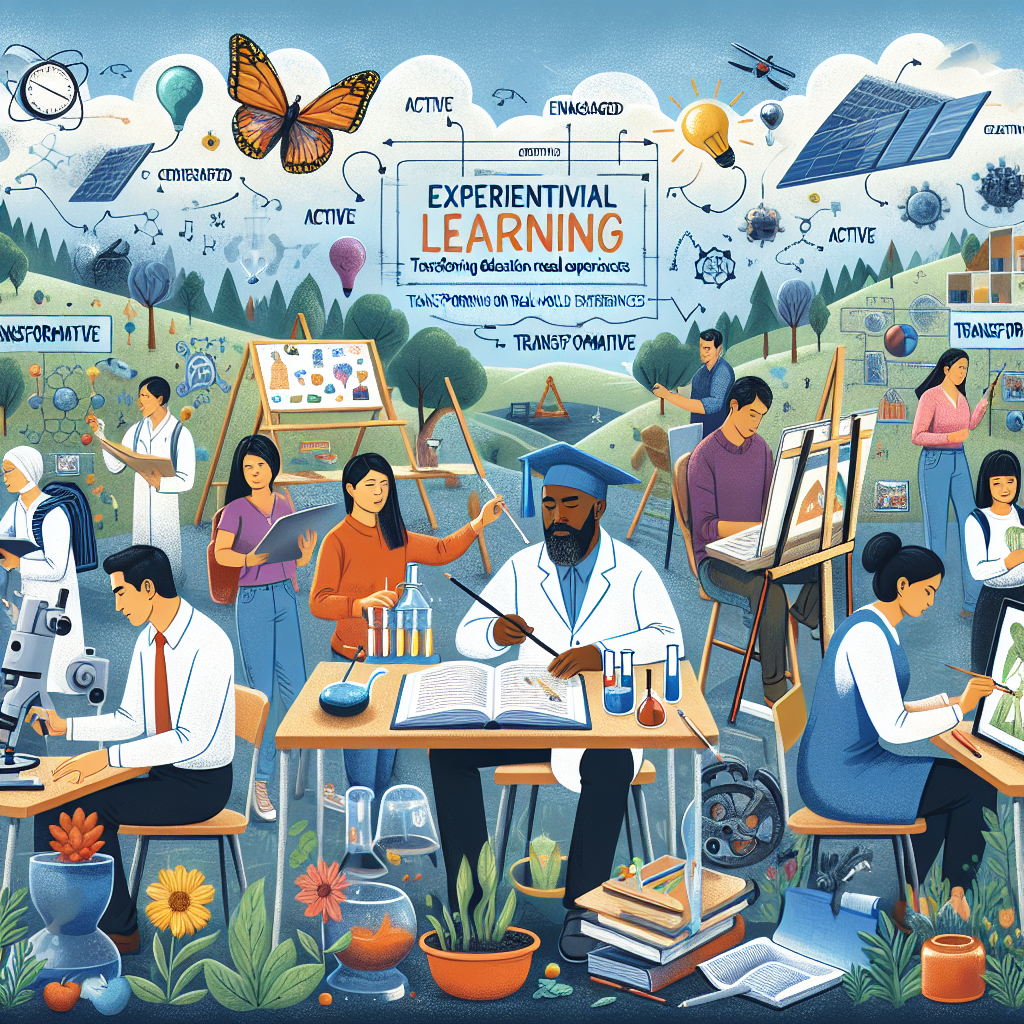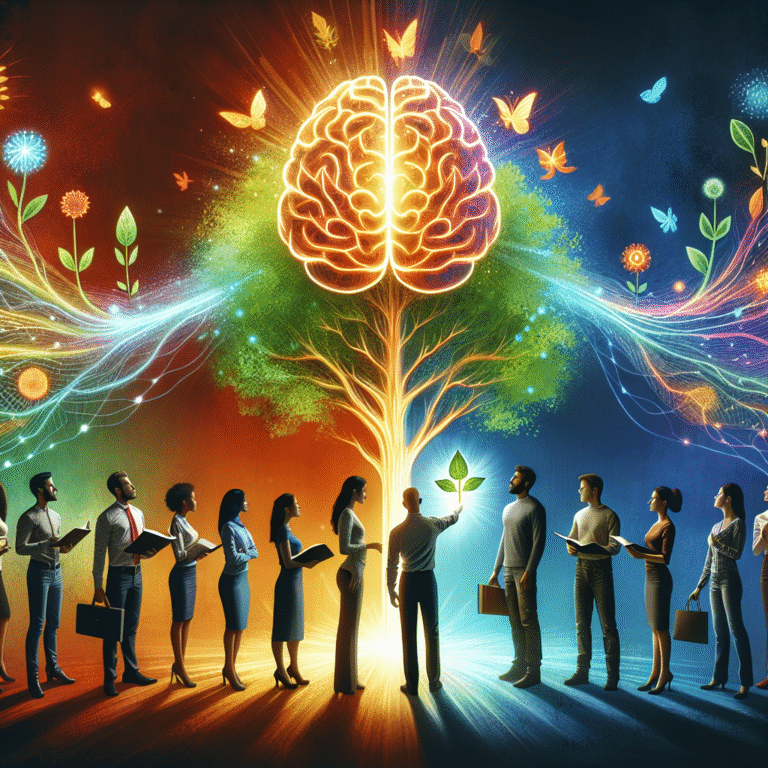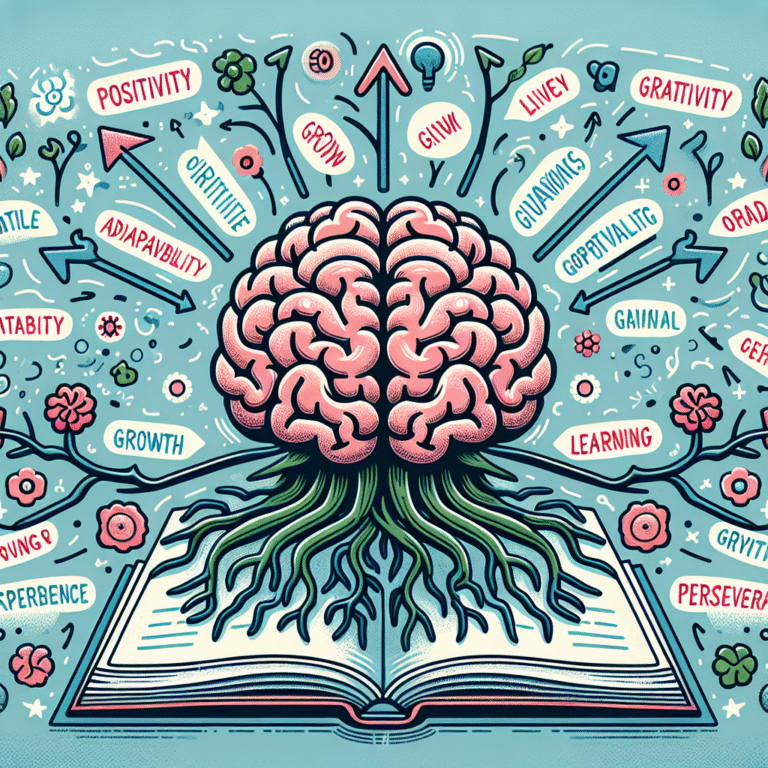
Introduction
In an age where traditional teaching methods are becoming increasingly ineffective, the need for a revolution in education is more pressing than ever. Today’s learners crave more than just textbooks and lectures; they seek real-world experiences that deepen their understanding, foster curiosity, and cultivate essential life skills. Enter experiential learning, a dynamic approach to education that emphasizes learning through experience. This article explores how experiential learning is fundamentally transforming education, offering versatile insights and practical applications for educators and learners alike.
Understanding Experiential Learning
What is Experiential Learning?
Experiential learning is an educational framework that posits that knowledge is best acquired through direct experience. David Kolb, a pioneer in the field, laid out a four-stage cycle of experiential learning:
- Concrete Experience: Engaging in an activity.
- Reflective Observation: Reflecting on that experience.
- Abstract Conceptualization: Forming concepts and interpretations based on reflections.
- Active Experimentation: Applying new ideas or concepts in a different situation.
This cycle allows learners to build upon their experiences, making the process highly personalized and impactful.
The Importance of Real-World Experiences
Experiential learning bridges the gap between theory and practice. In traditional systems where education is primarily lecture-based, students may struggle to grasp the relevance of what they’re learning. Experiential learning, on the other hand, helps students see the "why" behind the subject matter. By engaging in real-world tasks, students can:
- Develop critical thinking and problem-solving skills.
- Enhance their ability to work collaboratively.
- Cultivate a sense of initiative and self-direction.
- Build resilience through authentic challenges.
Case Studies Illustrating Experiential Learning
Case Study 1: Project-Based Learning at High Tech High
High Tech High, a network of charter schools in California, exemplifies how experiential learning can create an engaging educational environment. Students engage in project-based learning that integrates various disciplines to solve real-world problems. For instance, in a recent project, students collaborated with local businesses to develop sustainable solutions for waste management.
Analysis
This case demonstrates how working on a tangible problem not only reinforces academic concepts but also helps students develop critical soft skills, such as teamwork and communication. The positive outcomes speak volumes about the importance of experiential learning in today’s educational landscape.
Case Study 2: Internships at University of Central Florida
At the University of Central Florida, internships are an integral part of the curriculum. The university partners with local businesses and organizations to provide students with hands-on opportunities in their fields of study. For example, students in the engineering program worked alongside professionals to design and implement a new water filtration system for a nearby community.
Analysis
Internships not only equip students with practical skills but also allow them to network and establish connections that may lead to future job opportunities. The direct application of classroom theory in a real-world setting solidifies learning and increases job readiness.
Case Study 3: Community-Based Learning at Duke University
Duke University employs community-based learning, where students engage in service projects that benefit the local community. One recent example involved nursing students who partnered with underprivileged clinics to provide health education to families.
Analysis
This initiative demonstrates how experiential learning can promote social responsibility among students. By integrating their education with community needs, students develop a deeper understanding of social issues and their impact, ensuring that learning extends beyond the classroom.
Implementing Experiential Learning in Education
Creating a Supportive Environment
To successfully integrate experiential learning into curricula, educators must foster a supportive environment. This includes:
- Encouraging a growth mindset where mistakes are seen as learning opportunities.
- Providing resources and support for students to explore their interests.
- Ensuring access to diverse learning experiences.
Designing Effective Experiential Learning Opportunities
A well-structured experiential learning opportunity should align with academic goals while also being flexible enough to adjust based on student feedback. Here are key elements to consider:
- Clear Objectives: Define what students should learn from the experience.
- Relevance: Ensure the experience connects to real-world problems or scenarios.
- Assessment: Use varied assessment methods to measure learning outcomes.
Collaboration with Community
Partnerships with local businesses, organizations, and community members can greatly enhance the learning experience. Engaging with diverse stakeholders provides students with exposure to different viewpoints and professional practices.
The Future of Experiential Learning in Education
As education continues to evolve, experiential learning will remain at the forefront of pedagogical innovation. The adaptability of this approach allows educational institutions to respond to societal changes and technological advancements.
The Role of Technology in Experiential Learning
Technology plays a pivotal role in facilitating experiential learning. Virtual reality, augmented reality, and simulation-based learning are revolutionizing how students engage with real-world experiences. For example, medical students can practice surgeries in a virtual environment, reducing the stakes of real-life consequences.
Lifelong Learning and Experiential Learning
In a rapidly changing world, the need for lifelong learning has never been more vital. Experiential learning fosters a culture of continuous improvement and adaptability, essential traits for success in today’s job market. As educators embrace this approach, they prepare students not only for their careers but for their futures.
Conclusion
In conclusion, experiential learning is reshaping education by infusing it with authentic, real-world experiences that resonate with students. As we reflect on the enlightening examples from various educational institutions, it’s clear that experiential learning is a gateway to deeper understanding and essential life skills. The transformation it brings to education is not just beneficial—it’s essential.
Investing in experiential learning opportunities now will create empowered learners who are ready for the complexities of future challenges. Educators, institutions, and communities must come together to champion this transformative approach to education.
FAQs
1. What is experiential learning?
Experiential learning is an educational process that emphasizes learning through direct experience, engaging students in activities that promote reflection and application of knowledge.
2. How does experiential learning differ from traditional learning?
Experiential learning focuses on hands-on experiences and real-world applications, while traditional learning often relies heavily on theoretical instruction without practical engagement.
3. Can experiential learning be applied at all educational levels?
Yes, experiential learning can be tailored to fit any educational level—from early childhood education to higher education and beyond.
4. What are the benefits of experiential learning for students?
Students benefit from improved critical thinking skills, enhanced employability, increased motivation, and a deeper understanding of the subject matter.
5. How can educators implement experiential learning in their classrooms?
Educators can implement experiential learning through project-based assignments, internships, community service, and by forming partnerships with local organizations to provide relevant learning experiences.
By embracing the concept of experiential learning: transforming education through real-world experiences, we can equip the next generation of learners with the skills they need to thrive in an ever-evolving world.















